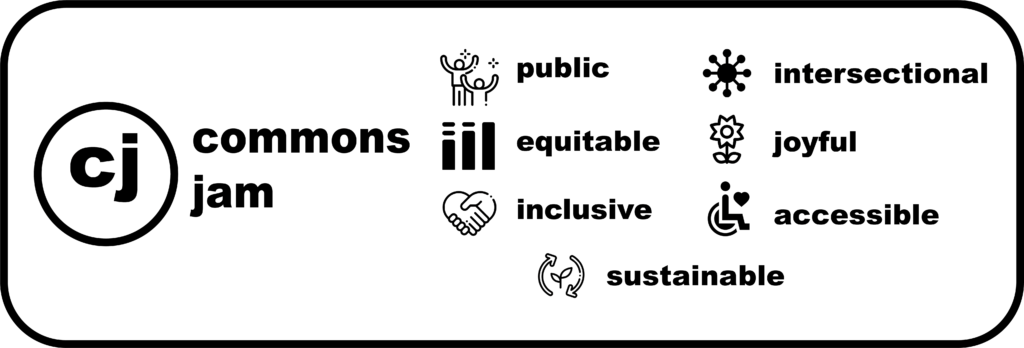
A hackathon has been defined as:
- An invention marathon [1]
- A design sprint-like event where people collaborate intensively on software intensive projects [2]
- An event of any duration where people come together to solve problems [3]
- Problem-focused programming event [4]
The spectrum of hacking events has evolved from having a focus on collaboration, agile development and software between 2012 to 2014 to an increased focus on data, healthcare and cities in recent years [5]. Industry led hackathon have become the flagship of the hacking space. However, hackathon approaches have also proliferated in educational (e.g. codecamps [6], semesterathons and summerathons [7]), governance (e.g. datathons [8], [9]) and social (e.g. civic hackathon [10], social good hackathon [11]) settings to address issues of shared interest by/for a community.
Hackathons represent valuable spaces where fruitful connections can be developed and, if well organized can create positive change, for communities and individuals [12]. However, hackathons have largely been critiqued for being a flawed vehicle for social change with qualities fundamentally incompatible with inclusion and equity [13]. Several authors have pointed out the following challenges with the current style of hackathons:
- “Spaces where structural inequality and unquestioned privileged are augmented” [12]
- Cis male and white dominated spaces [14], [15]
- Spaces where eating and resting are disregarded [4]
- Exclusionary by design, as its rigid structure unwelcomes females, people with disabilities and people with childcare responsibilities [15]
- An oath to technological solutionism that favors the making of the new over the maintenance of the existing [16]
- Embraces unhealthy power dynamics through competition (instead of collaboration) [12]
- Curtails the catalyzers for lasting social change and reduces the team efforts to create solution into few minutes of an entertainment pitch (by using shank tank presentation styles) [13]
As a response to these challenges, events that seek to infuse participatory design principles [12]–[14] to guide the design of hackathons to enhance inclusivity, equitability and intersectionality have emerged on this space ( for example the make the breast pump not suck festival). These events seek to hack hackathons so that they might “encourage an outpouring of ’non- traditional’ engagement with civic tech without alienating tech veterans” [38] and create joyful spaces [13] where “the technological imagination and civic imagination collide” [15]. Especially they seek to question structural inequalities and privilege and change them through design. They draw inspiration from intersectional social justice-oriented design movements such as equityXdesign [17], Anti-Oppressive Design [18] and the Design Justice movement [19] to “extend design as a tool for challenging injustices and systemic inequalities” [13].
An ecosystem summary of all the types of hackatons mentioned here can be seen in figure 1.

Luckily not all are bad news, hackathons can be re-designed by deliberately putting time and effort into designing equitable, inclusive, intersectional, joyful accessible and sustainable spaces for innovation. These guidelines are meant to be a shared resource to help the organization of hacking events (which we will be calling “commons jams”) that are guided by the Design Justice Principles, as well as by experiences from participants in the 2019 co-design studio at MIT participating in and/or organizing hacking events.
Guidelines document here